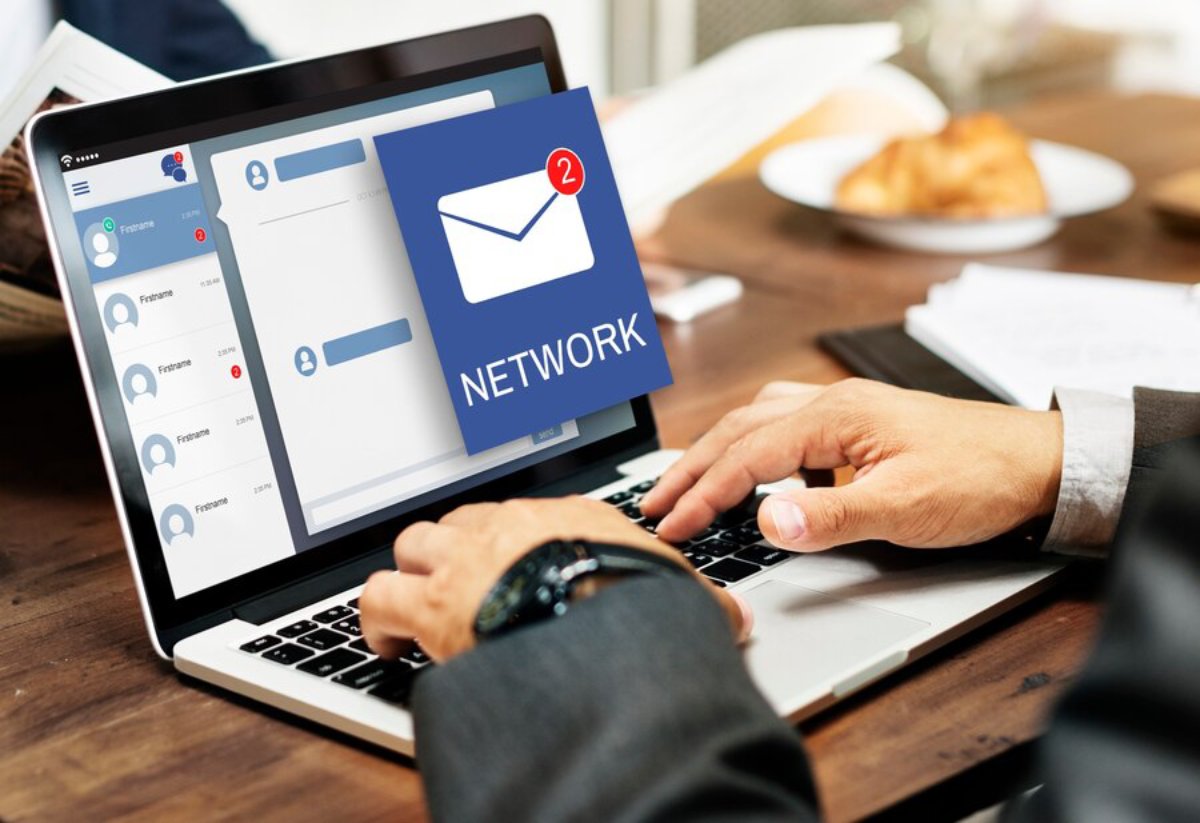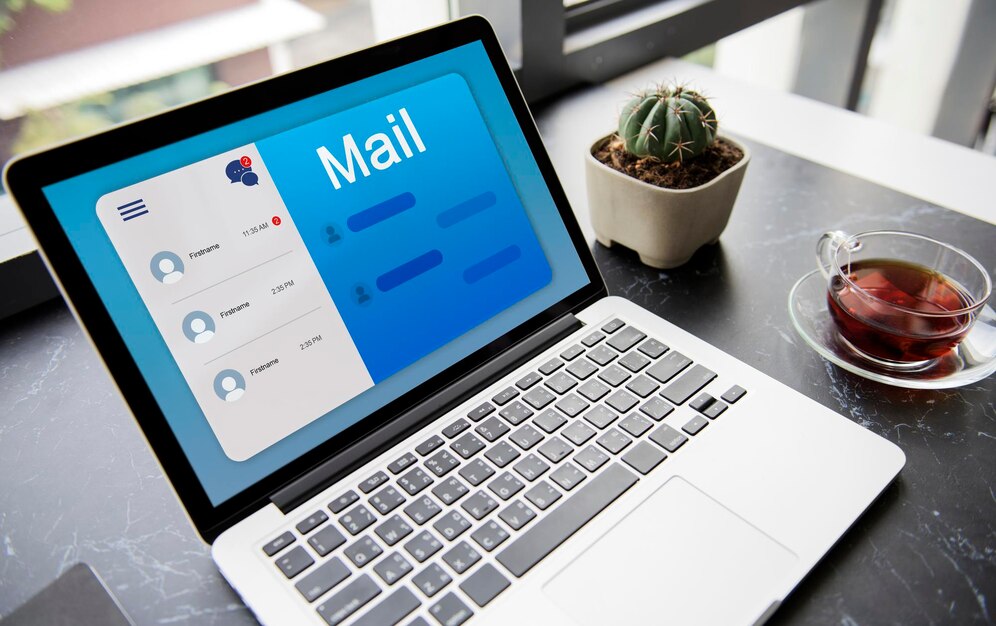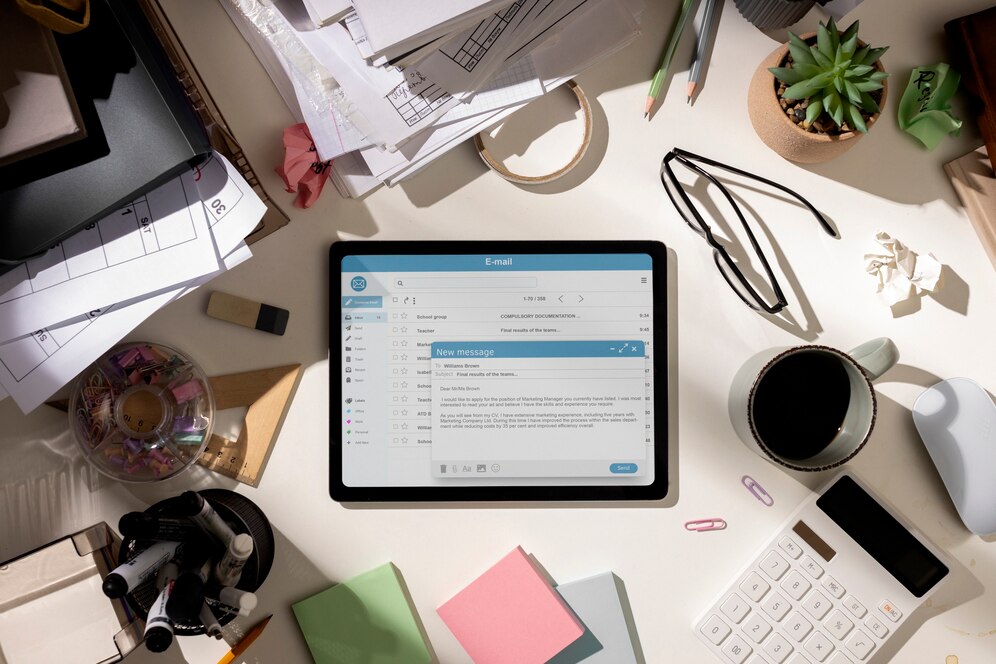
Email Marketing Strategies That Drive Retail Sales
Email marketing is still one of the best ways for retailers to connect with customers, build leads, and boost sales. A good email strategy helps retailers boost brand loyalty, increase conversions, and maximise ROI. In this guide, we’ll look at the best email marketing strategies for retail businesses. These tips will help your campaigns connect with audiences and boost sales.
1. The Importance of Email Marketing for Retailers
Retailers who leverage email marketing effectively can enjoy multiple benefits, including:
- Direct Customer Communication: Engage customers in their inbox with personalised content.
- Higher ROI: Email marketing delivers an average return of $42 for every $1 spent.
- Customer Retention: Keep shoppers engaged with exclusive offers and updates.
- Automated Workflows: Reduce manual effort with automated email sequences.
- Increased Conversions: Drive purchases through targeted promotions and abandoned cart emails.
Retailers can use these benefits to build better relationships with customers and increase revenue.
2. Building a High-Quality Email List
A successful email campaign starts with a high-quality, engaged subscriber list. Here’s how retailers can build and maintain a strong email list:
a) Capturing Leads Effectively
- Website Pop-ups & Forms: Use exit-intent pop-ups and embedded sign-up forms on product pages.
- Exclusive Discounts: Offer a first-purchase discount to encourage sign-ups.
- Loyalty Programs: Reward repeat customers with VIP access to sales and promotions.
- Social Media Promotions: Use Instagram, Facebook, and TikTok ads to drive email sign-ups.
- In-Store Sign-ups: Collect email addresses at checkout through digital receipts or membership programs.
b) Maintaining a Clean Email List
- Remove Inactive Subscribers: Regularly clean lists to maintain high deliverability rates.
- Use Double Opt-in: Ensure subscribers confirm their interest to avoid spam complaints.
- Segment Your List: Group subscribers based on behaviours, demographics, and purchase history.
3. Crafting High-Converting Email Campaigns

Creating compelling email campaigns is crucial for driving retail sales. Here’s how retailers can optimise their emails:
a) Writing Engaging Subject Lines
- Keep them short and compelling (under 50 characters).
- Use urgency and exclusivity (e.g., “Flash Sale: 24 Hours Only!”).
- Personalise with customer names or interests.
- A/B test subject lines to see which performs better.
b) Designing Visually Appealing Emails
- Use high-quality images of products.
- Include a clear call-to-action (CTA) (e.g., “Shop Now,” “Claim Your Discount”).
- Ensure mobile-friendly design since 60% of emails are opened on mobile devices.
- Keep the text concise and scannable to improve readability.
c) Types of Emails That Drive Sales
- Welcome Emails: Introduce your brand and offer a first-time discount.
- Promotional Emails: Announce special offers, new arrivals, and seasonal sales.
- Cart Abandonment Emails: Remind customers about items they left in their cart. Offer a limited-time discount.
- Re-engagement Emails: Win back inactive subscribers with personalised offers.
- Transactional Emails: Order confirmations, shipping updates, and post-purchase follow-ups.
- Loyalty & Rewards Emails: Encourage repeat purchases through exclusive loyalty rewards.
4. Personalization and Segmentation for Better Engagement

Personalisation can significantly improve email open rates and conversions. Here’s how to tailor emails for maximum impact:
a) Segmenting Your Email List
- By Purchase History: Send personalised product recommendations.
- By Browsing Behavior: Remind users of recently viewed products.
- By Customer Loyalty: Reward repeat buyers with VIP offers.
- By Engagement Level: Re-engage inactive subscribers with win-back emails.
b) Using Dynamic Content & AI
- Implement AI-driven product recommendations based on user behaviour.
- Personalise email copy using customer names and past interactions.
- Use dynamic pricing offers based on customer purchase patterns.
- Automate follow-up emails based on actions taken within previous campaigns.
5. Automation & Drip Campaigns to Nurture Leads
Email automation allows retailers to maintain customer engagement with minimal effort. Here are essential automated email sequences:
a) Welcome Series
- Email 1: Brand introduction + first-time discount.
- Email 2: Highlight bestsellers + customer reviews.
- Email 3: Reminder to use discount + social proof.
b) Abandoned Cart Recovery
- Email 1: Friendly reminder about the abandoned cart.
- Email 2: Offer an incentive (e.g., free shipping, 10% off).
- Email 3: Create urgency (e.g., “Your cart is expiring soon!”).
c) Post-Purchase Follow-ups
- Email 1: Order confirmation with delivery tracking.
- Email 2: Product usage tips & upsell recommendations.
- Email 3: Review request & referral program invitation.
d) Seasonal & Holiday Campaigns
- Black Friday & Cyber Monday Deals
- Christmas & New Year Promotions
- Valentine’s Day, Mother’s Day, Back-to-School Offers
- Personalised Birthday Discounts
6. Optimizing Email Deliverability and Performance

Ensuring emails reach the inbox (not spam) is essential. Follow these best practices:
a) Improving Deliverability
- Use verified sender authentication (SPF, DKIM, DMARC).
- Send from a branded domain email address.
- Maintain a healthy sender reputation by avoiding spam triggers.
b) Analyzing Email Performance
Key metrics to track include:
- Open Rate: Percentage of recipients who open your emails.
- Click-Through Rate (CTR): Percentage of users who click on links.
- Conversion Rate: Percentage of users who make a purchase.
- Bounce Rate: Percentage of undeliverable emails.
- Unsubscribe Rate: Percentage of recipients opting out.
c) A/B Testing for Better Results
- Test different subject lines, CTA buttons, and images.
- Experiment with send times and email frequency.
- Analyse which email formats drive the most conversions.
Conclusion
A good email marketing strategy helps retailers connect with customers. It boosts conversions and builds brand loyalty over time. Retail businesses can boost their email campaigns by focusing on four key areas: list segmentation, personalisation, automation, and performance tracking.
Retailers should always test, analyse, and improve their email strategies for the best results. Email marketing can greatly increase retail sales and improve customer relationships when done well.


